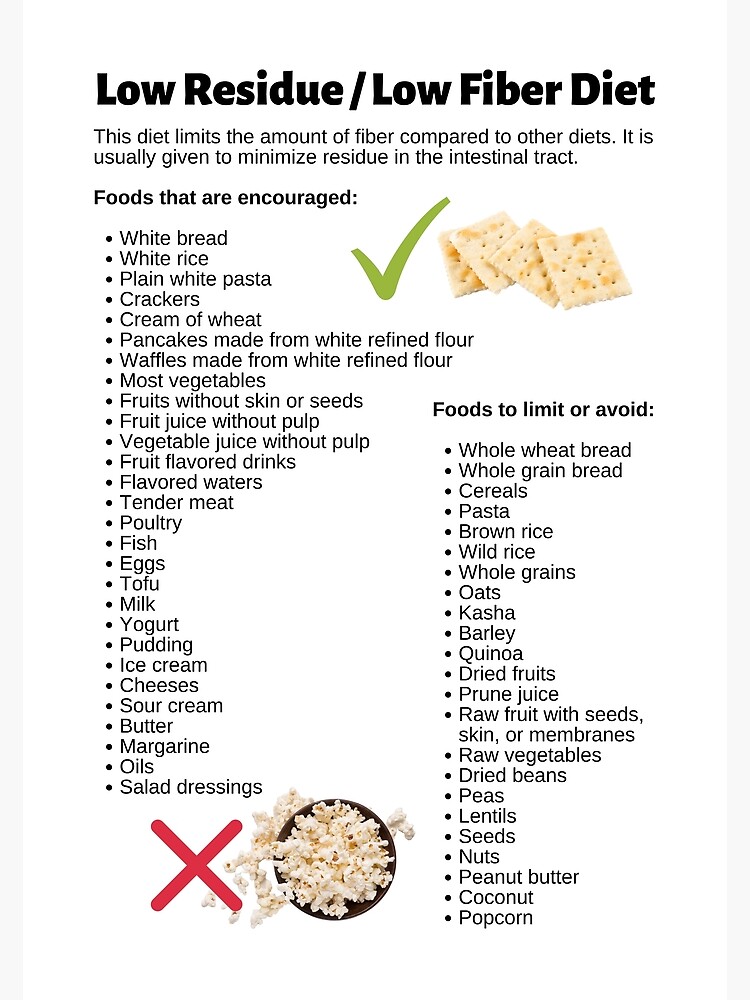
Essential Guide to the Paleo Diet Meal Plan for 2025
The Paleo diet continues to grow in popularity as a lifestyle choice, appealing to those seeking to revert to a more natural way of eating that mimics what our ancestors consumed. This 7-day meal plan is designed for anyone interested in embarking on a healthier eating journey. It emphasizes whole foods such as lean proteins, vegetables, fruits, nuts, and healthy fats, presenting an alternative for anyone looking for gluten-free and dairy-free options.
This article will walk you through effective meal prep strategies, offer delicious paleo recipes, and highlight cooking methods that support your weight loss and wellness goals. By the end of this guide, you will have a clear understanding of how to create balanced meals that keep your energy levels high and promote sustainable food choices, leading to lasting lifestyle changes.
Prepare to discover practical meal ideas for breakfast, lunch, and dinner, as well as snacks, that align with the paleo philosophy. Let's dive into the meal plan and explore the delicious world of paleolithic eating.
Key takeaways: You'll learn about grocery lists, meal timing, nutritional value, and self-care through mindful eating.
Creating Your Paleo Meal Plan: Key Components
Understanding the essentials of a paleo meal plan is the first step towards success. At its core, the paleo diet focuses on whole foods that are nutrient-dense. This means incorporating a variety of fruits, vegetables, lean proteins, nuts, and seeds into your meals while avoiding processed foods, refined sugars, and dairy.
Building a strong foundation is about identifying which foods to include in your diet. This includes focusing on lean proteins such as chicken, fish, and grass-fed beef, alongside a rich variety of vegetables that provide essential vitamins and minerals. Healthy fats, like olive oil and avocado, also play a critical role in creating flavor and satisfaction in your meals.
As you plan your meals, consider utilizing batch cooking and meal prep strategies to save time and maintain healthy eating habits throughout the week. Meal planning tips, like preparing fruits and veggies in advance, can enhance your efficiency and help stick to portion control, reducing the temptation to snack on unhealthy options.
Incorporating seasonal foods is another way to diversify your meals while ensuring you’re consuming produce at its peak freshness and nutritional value. Engaging with the local seasonal produce can also contribute to sustainable food practices.
Grocery shopping is crucial—keeping a list of the foods you plan to eat can help keep your kitchen stocked with the necessary ingredients at all times. This will support your meal variations throughout the week and enhance your culinary creativity in the kitchen.
Paleo Breakfast Ideas
Starting your day with a balanced paleo breakfast sets a positive tone for the rest of the day. Consider options like scrambled eggs with spinach and sweet potatoes—these ingredients are not only filling but also packed with nutrients. Baked avocado eggs are another delightful choice, providing healthy fats and protein to fuel your morning.
For the busy mornings, green smoothies are a quick and efficient way to incorporate several food groups. Using a combination of greens like kale or spinach, a banana for sweetness, and almond milk, you create a nutrient-dense beverage that’s also easy to digest.
Don't forget about paleo-friendly breakfast bars for on-the-go snacking. These can be made with nuts, seeds, and dried fruits, and allow for simple cooking techniques such as baking or dehydrating to achieve that perfect snack without added sugars.
For some sweet flavors in the morning, you might try chia pudding made with almond milk and topped with seasonal fruits. This snack is high in fiber and very filling, contributing greatly to maintaining your energy levels during the day.
Paleo Lunch Recipes
No lunch experience on a paleo diet is complete without a robust salad. Consider a big bowl filled with mixed greens, purple cabbage, shredded carrots, cucumbers, and topped with grilled chicken or salmon. Drizzle it with some homemade olive oil and lemon dressing for a refreshing boost.
Another fantastic lunch option is lettuce wraps filled with turkey, avocado, and a variety of colorful veggies. This meal is not only portable but also offers a crunchy satisfaction without the carbs found in bread.
Explore quick stir-fry meals using seasonal vegetables and lean protein cooked in homemade spice blends to enhance flavor. This method should always include beneficial herbs and spices that amp up the nutrients while contributing to flavor enhancement techniques, ensuring every meal is enjoyable.
Don't overlook having some paleo snacks ready! Keep a stash of nuts and seeds, or even make some energy bites using almond butter, rolled oats, and coconut flakes, as these can be great sources for maintaining energy levels during busy afternoons.
Effective Meal Preparation Techniques
Effective meal preparation is a cornerstone of adhering to the Paleo diet. It ensures that you have easy access to healthy meals and snacks throughout the week, reducing the temptations of reaching for convenience foods.
Consider designating one day each week for meal prep. This could include washing and chopping vegetables, preparing proteins, and cooking grains if you’re including any non-Paleo-friendly starch sources. Another option is to batch cook soups or stews, which can be stored in the fridge or freezer for quick lunches or dinners later in the week.
Using portion control techniques can also help manage your intake without going overboard on calories. Invest in quality storage containers that can help you visualize the right amount for each meal, and remember to keep a food log if you're tracking your intake.
When it comes to cooking methods, opt for grilling, roasting, or steaming your protein and vegetables to maintain their nutritional integrity while enhancing flavors. Incorporate marinades made from lemon juice, herbs, and spices for a punch of flavor without needing unhealthy sauces.
Engaging the family can also be a fun part of meal prep. Cooking together can introduce kids to healthy eating habits while allowing them to explore different textures and flavors in food preparation.

Paleo Dinner Options for the Whole Family
Dinner is often the main meal where family comes together, making it important to incorporate diverse paleo meals that everyone will enjoy. A favorite includes a grilled salmon fillet served with a side of roasted broccoli and cauliflower drizzled with healthy fats like extra virgin olive oil.
Alternatively, you can whip up a hearty vegetable stew filled with lean meats and fresh organic veggies, or even try a one-pan Mediterranean chicken that includes bell peppers, olives, and fresh herbs, to explore international paleo variations.
Paleo-friendly desserts can be a delightful treat after dinner without indulging in refined sugars. Consider making homemade coconut macaroons or a vegan chocolate mousse using avocado and cacao powder, providing a naturally rich flavor without compromising on healthy eating principles.
Consider involving everyone in the cooking process, as it can help in building healthier relationships with food. Not only does this foster an appreciation for cooking, but it also teaches kitchen essentials and food safety, encouraging kids to be more involved in their meals.
Understanding Nutritional Value in Paleo Foods
To thrive on the paleo diet, it’s essential to grasp the nutritional value offered by different foods. Emphasize vitamins and minerals that are abundant in fresh produce, lean proteins, and healthy fats. Integrating a variety helps to keep meals interesting and nutritionally balanced.
Furthermore, you can explore the unique health benefits of different foods you enjoy. For example, avocados are known for their healthy fats and fiber, whereas leafy greens provide essential vitamins that are crucial for overall health. Understanding these items can help you to make smart food choices and enhance your meal variety.
Mindful eating techniques can also contribute to enhancing your relationship with food. Being aware of your body’s signals during meals can lead to improved digestion and promote cracked weight management strategies, helping you recognize when you’re full and satisfied.
Final Thoughts on Sustaining a Paleo Lifestyle
Transitioning to a paleo diet is not merely about food selections but a complete nutritional philosophy that champions clean eating and wholesome ingredients. By utilizing this 7-day meal plan, you can adopt a cleaner lifestyle that prioritizes balanced meals and nourishes both body and mind.
Remember that meal prep, portion control, and mindful eating work synergistically to ensure success. As you explore the world of paleo, remain open to experimenting with flavors and cooking techniques, as this will keep you engaged and help carve out a lasting relationship with your food.
Consider consulting with a nutritionist or dietitian when making significant changes to your eating patterns to ensure that you’re meeting your health goals effectively. By fostering a supportive lifestyle through family meals and delicious meal variations, you will enjoy the journey towards healthier eating.
 ```
```